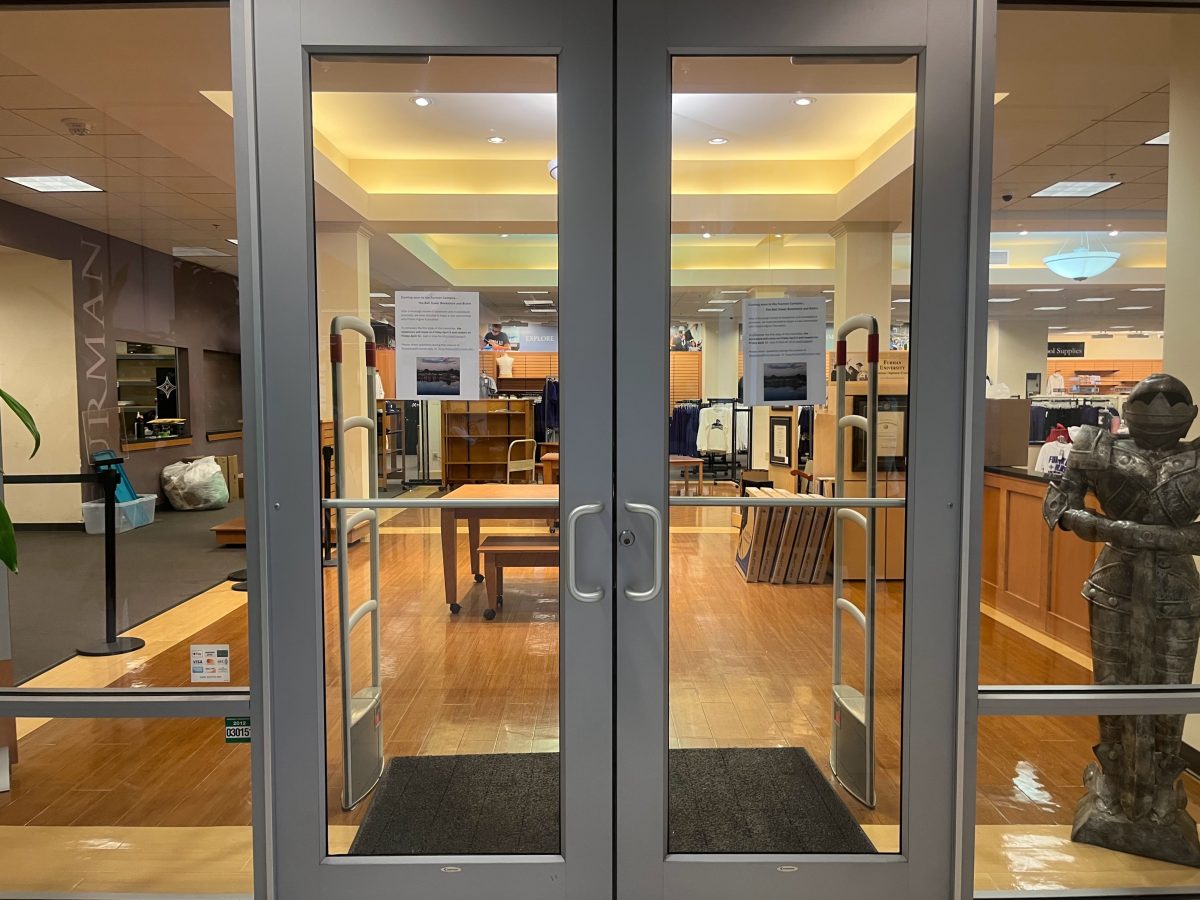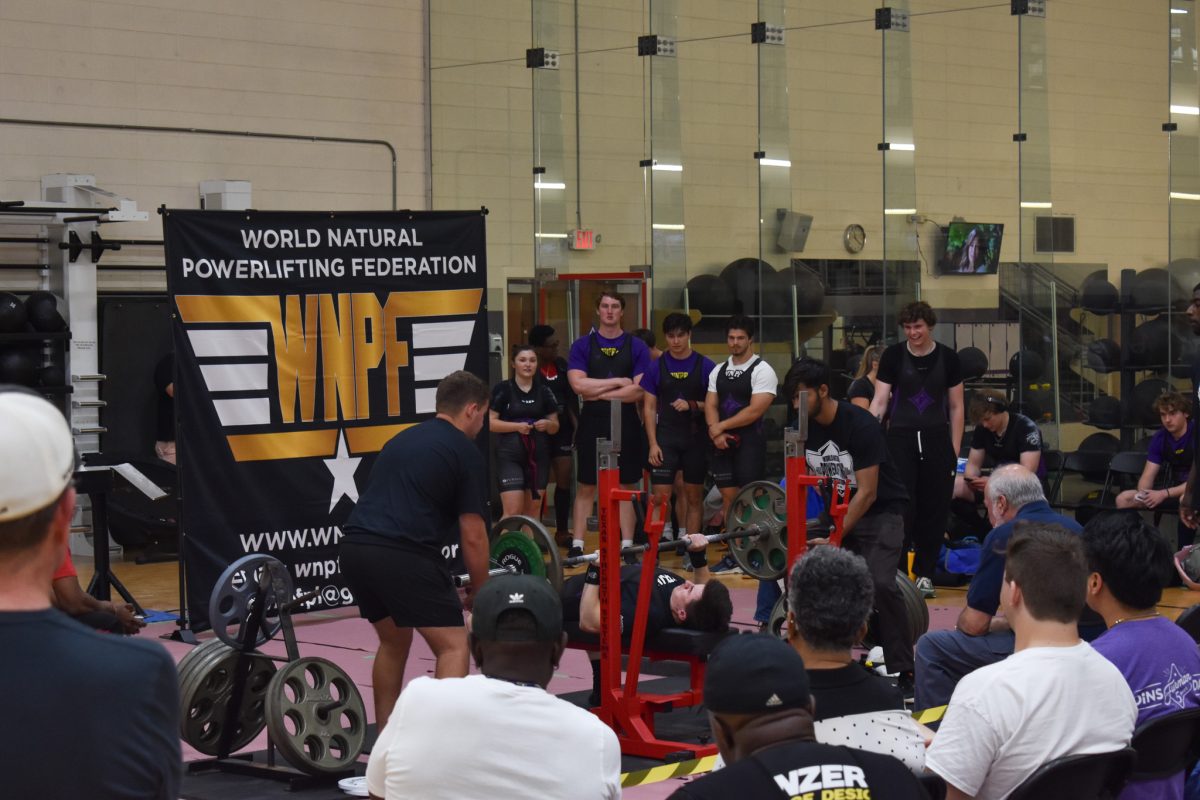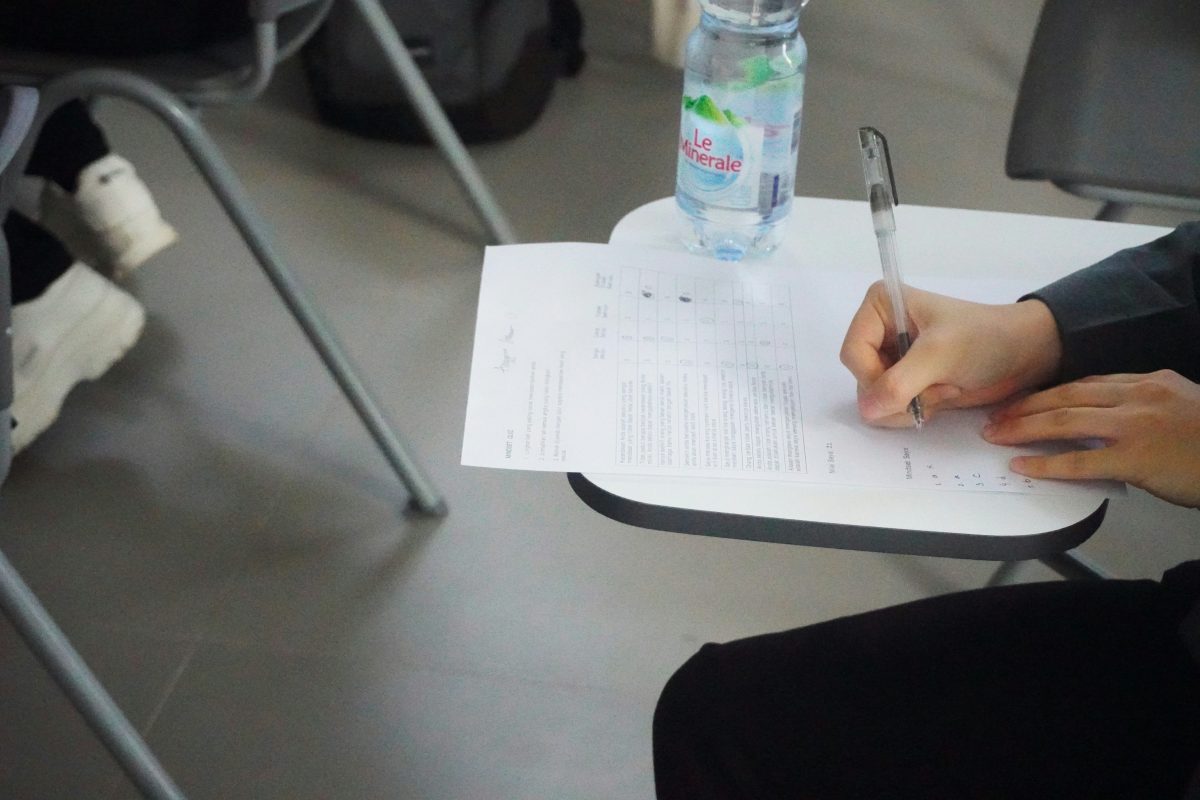For most Americans, the U.S. Navy is a point of tremendous pride. The largest in the world, the U.S. Navy is supposed to embody the crisp professionalism of our military.
Recent events have shaken that faith. The Navy has suffered four collisions and suffered 17 deaths this year. Two of the accidents came in the span of two months during the summer of 2017. The USS Fitzgerald and USS McCain, two state of the art destroyers with some of the most advanced radar systems ever fitted on a warship, both collided with merchant ships in the busy shipping lanes of the pacific.
So why did these collisions happen? The answer is simple. The American 7th fleet, and the Navy as a whole, is overstretched, understaffed, and overworked.
The U.S. Navy currently has 276 ships to patrol the world’s oceans and maintain freedom of the seas. During the height of the Cold War, the Navy had virtually the same mission, but it boasted a fleet of over 500 ships. This size was due to the “high-low” mix of vessels the Navy purchased. The Navy bought high end ships, such as Nimitz Class carriers and Arleigh-Burke Class Destroyers, but it also bought smaller, low end ships, such as the Oliver Hazard-Perry Class Frigates.
During the war on terror, however, the Navy was hollowed out. Certain that we would never face an enemy capable of challenging our dominance of the sea, new policies were put in place that drastically reduced the size of the Navy’s fleet. This has led to an overreliance on high-end ships like Arleigh-Burke class destroyers. These ships are more expensive, so there are fewer of them, but their role has increased over the last 20 years. This means less time for repairs or training and more long deployments, reducing morale and taxing both sailors and ships alike.
The rise of China should be a wakeup call for Americans. We now find ourselves playing catchup, as we must transition back into a Navy capable of great power confrontation. Foolhardy acquisitions like the Littoral Combat Ship have not helped matters. These ships are a waste of money; they are expensive,high-end ships yet are incapable of conducting the missions the Navy will need to execute in the 21st century. What the Navy needs is a frigate, similar to the Perry Class of the Cold War, or the British Type 23 Frigate.
The Navy has taken steps in this direction, looking to purchase a new frigate under the FFG(X) project. By pursuing a vessel that can survive and fight in a combat zone, but is also small and cheap enough to be used for FONOPS, the Navy can increase its own flexibility. In the short term the costs may appear great, but the benefit is a Navy that is more able to complete its mission.
These collisions should be the latest alarm bells for the United States military that things must change. The Pentagon must improve its acquisition process and spend its money much more wisely. More ships are needed to improve training, readiness, and capability. It would be wise then, for the Trump administration to heed the warning of the legendary Admiral Alfred Thayer Mahan: “When war came it was already too late to remedy adequately the blunders or neglects of peace.”
































